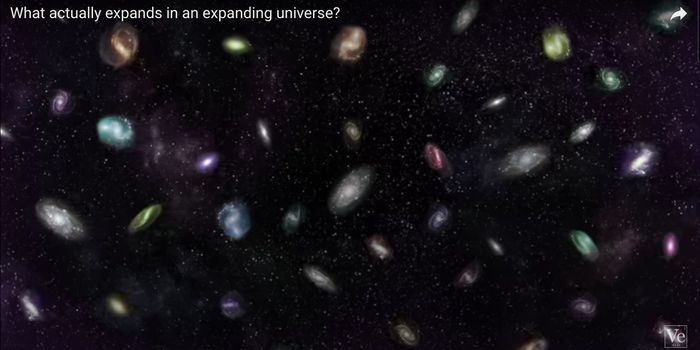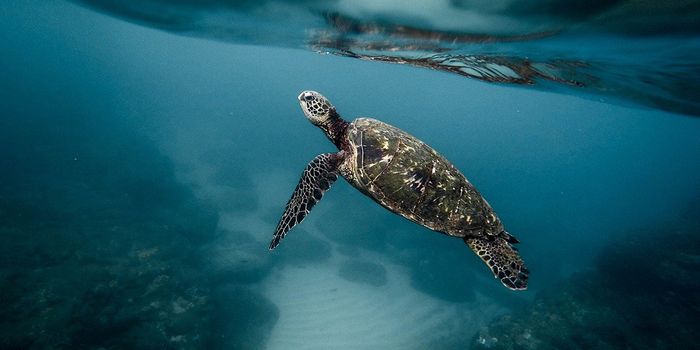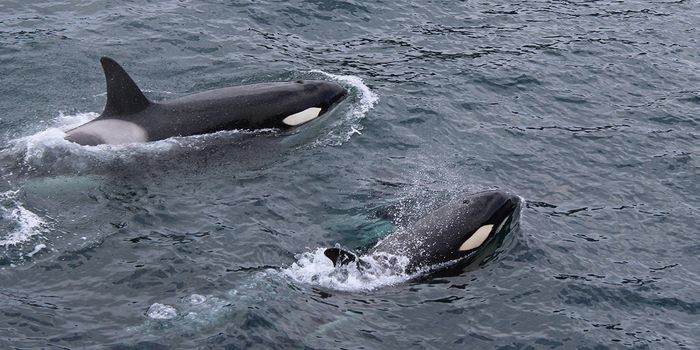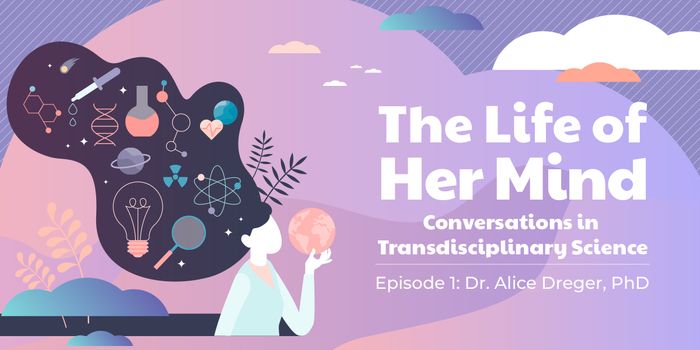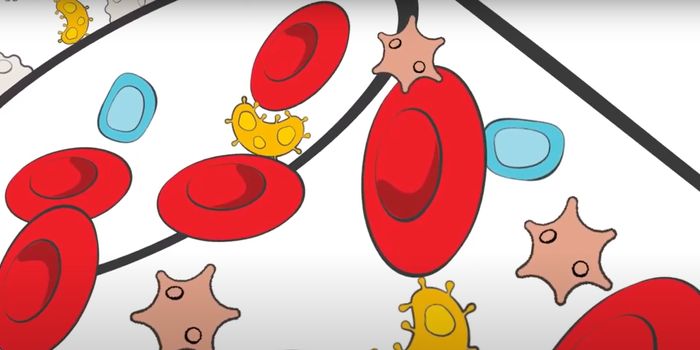Giant Larvaceans are small filter feeders in the ocean that trap tiny bits of food in order to survive, but a new study shows that food particles aren't all they're trapping. Plastic waste called microplastics fill our oceans and when the creatures suck in water to find food, they end up sucking in this waste as well.
This is particularly perilous because the microplastics that the organisms ingest bioaccumulate in the fish that then eat the filter feeders and the fish that eat those fish and so on and so forth. Microplastics have also been found in the waste that Larvaceans expel, which includes the mucus "houses" that they construct around their bodies and later abandon.
A study published in Science Advances explained the significance of these findings: "Microplastics readily affix to their [the filter feeders] houses, which have been shown to sink quickly to the seafloor and deliver pulses of carbon to benthic ecosystems. Thus, giant larvaceans can contribute to the vertical flux of microplastics through the rapid sinking of fecal pellets and discarded houses. Larvaceans, and potentially other abundant pelagic filter feeders may thus comprise a novel biological transport mechanism delivering microplastics from surface waters, through the water column, and to the seafloor."

